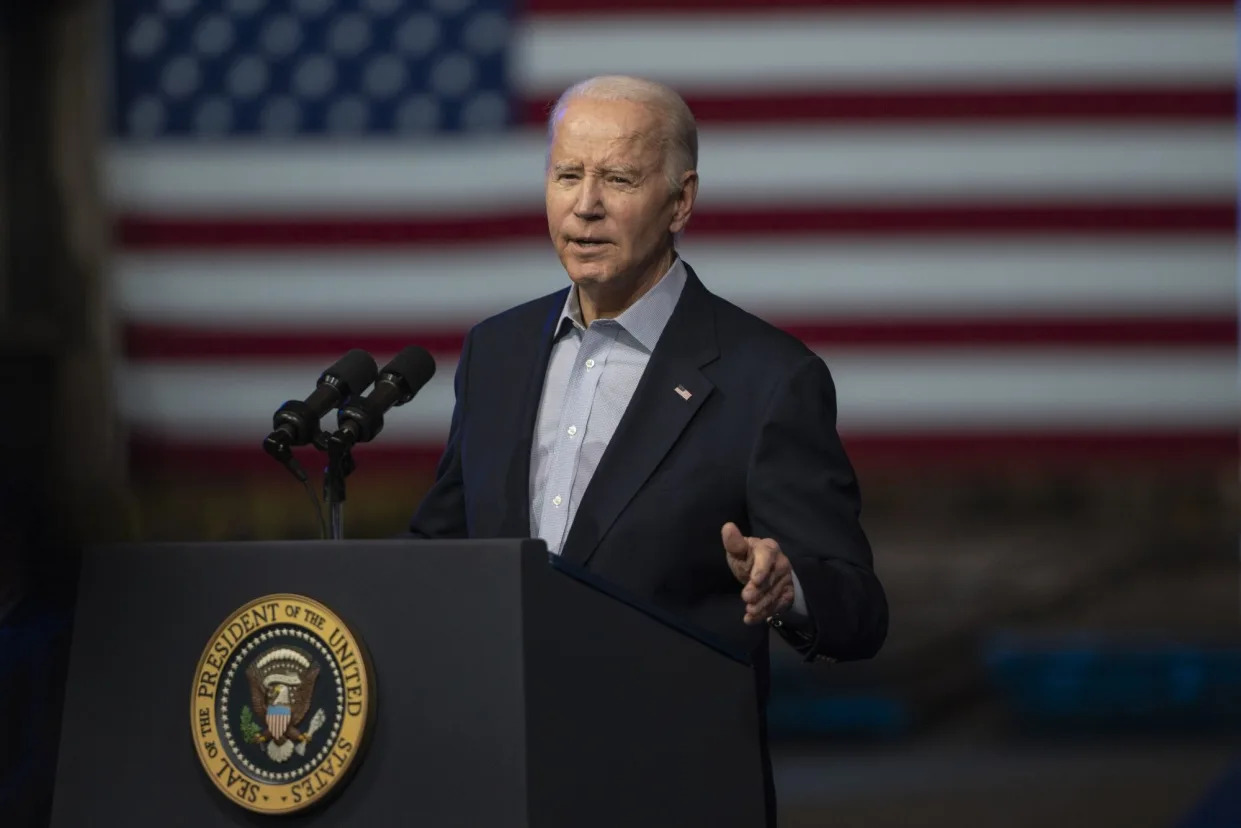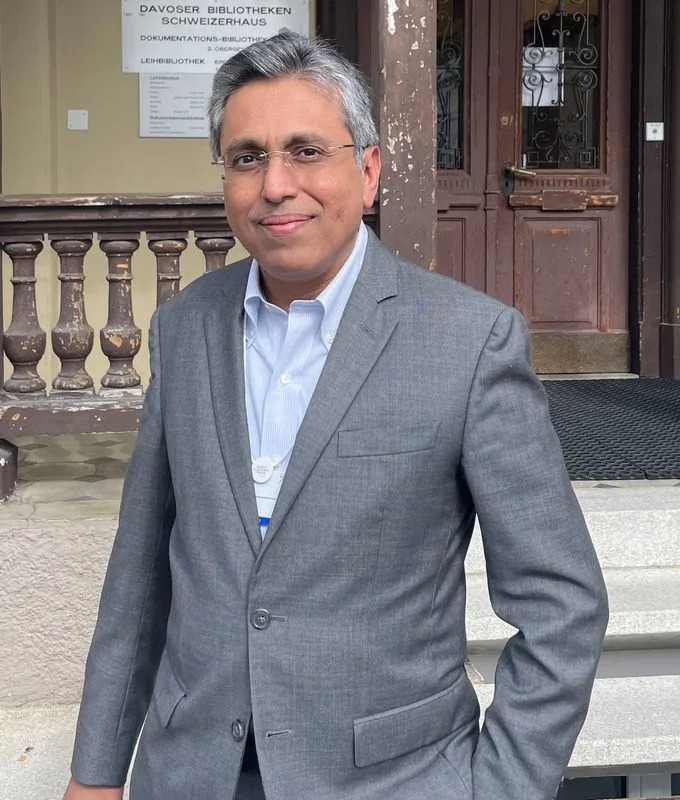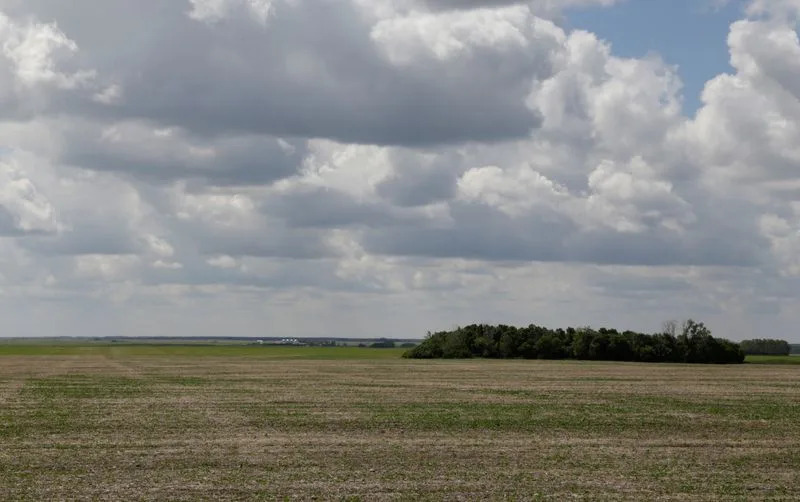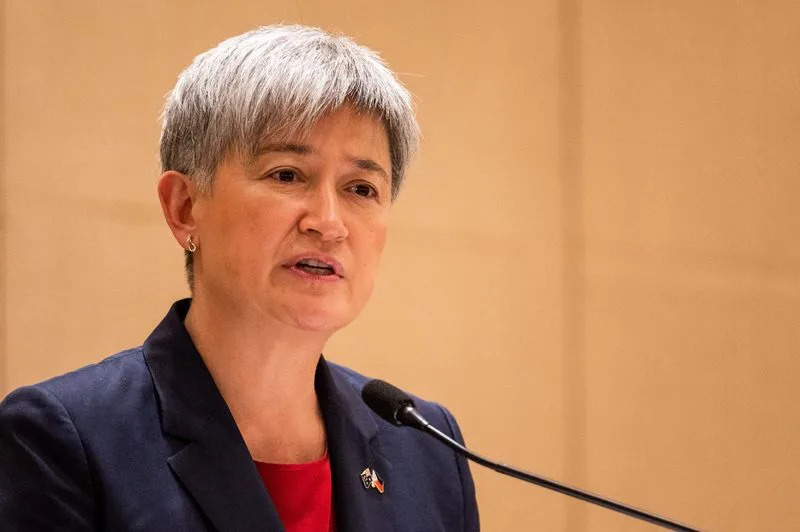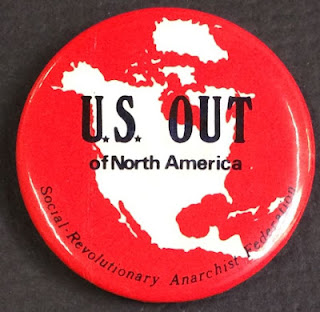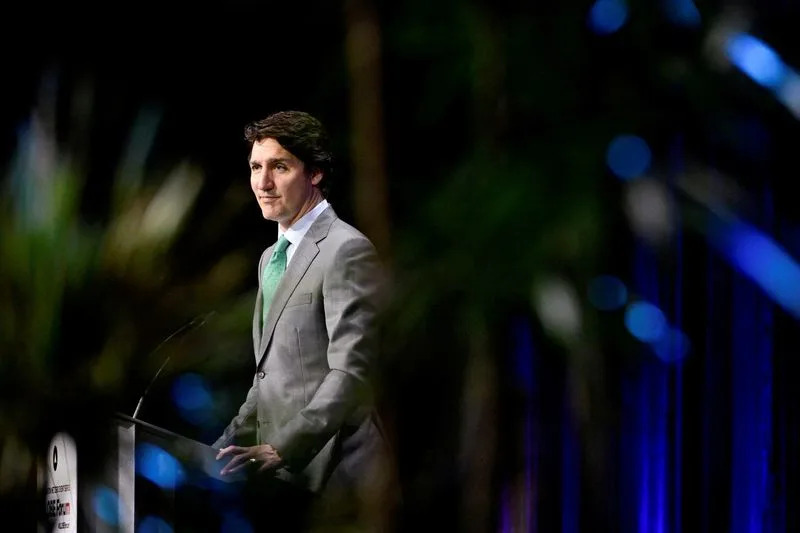Brad Lendon, CNN
Sun, January 14, 2024
Think of a kamikaze pilot and the image that comes to mind is probably a screaming face obscured by goggles embarking on a death plunge.
Or perhaps no face at all and just a fighter plane plowing into a warship.
It’s probably not a teenager weeping in a dank, half-underground bunker with his bedsheets pulled up over his head.
And surely not high schoolers cheerfully petting a puppy just hours before they were expected to turn themselves into ash while sinking a US aircraft carrier.
But these are some of the real faces of the kamikaze that line the walls of the Kanoya Air Base museum and the Chiran Peace Museum, both located on Japan’s Kyushu island.
There are hundreds of them.
In many of the images, you can see their last words, often in letters to their mothers, apologizing for their youthful indiscretions and pledging to make them proud.
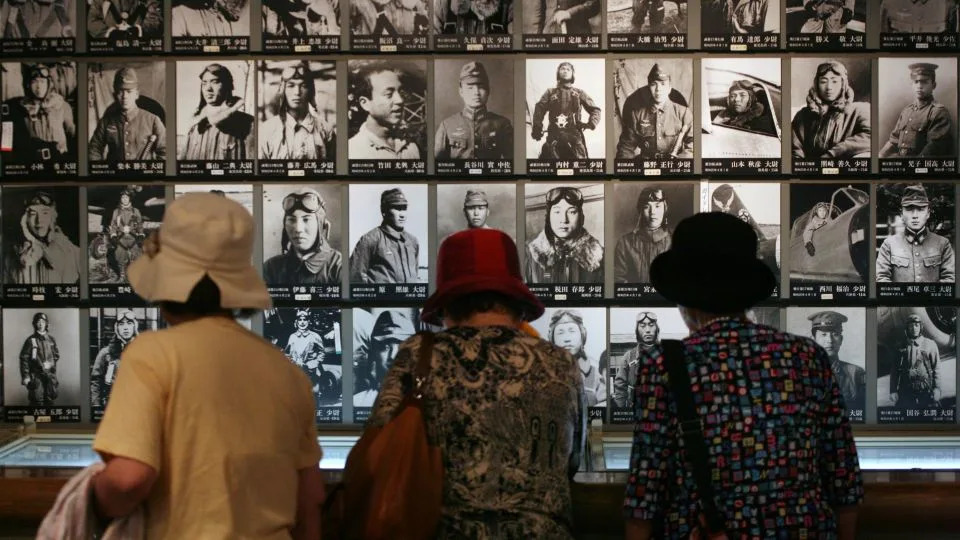
Three women look at photos of Japanese kamikaze pilots, who gave their lives in WWII suicide attacks against US forces, hanging on a wall at the Chiran Peace Museum. - David Guttenfelder/AP
The youngest kamikaze pilot was Yasuo Tanaka, just 16. He flew an Okha – essentially a bomb with wings but no wheels dropped from a mother aircraft. He died on May 11, 1945. You can see his photograph at the Kanoya museum, on the grounds of a current Japan Maritime Self-Defense Force base.
A museum official said they didn’t have the teenager’s last letter, but the letters of other young kamikaze show the bravado of youth.
Torao Kato, an 18-year-old second lieutenant, wrote in Japanese in bold brush strokes:
“Dearest mother, please live a long life full of vigor. I will try to destroy a big one.”
The oldest kamikaze – at age 32 – was Army Lt. Col. Yoshio Itsui, a unit commander who led the first flights from the Chiran air base on April 1, 1945.
Itsui left behind a wife and three small children, including an infant son. A book from the Chiran museum, “The Mind of the Kamikaze,” includes Itsui’s last letter to the infant, which is on display at the museum.
“Work hard and please grow up to be an excellent Japanese man and son of the Emperor,” Itsui wrote.
His son would never read the letter, according to the book. When the pilot’s wife learned of his death, she could no longer produce milk for the boy, who died of malnutrition four months later.
‘They did not hesitate to accept their duty’
In an auditorium at the Chiran museum on a sunny October morning, stories like Itsui’s bring tears to almost everyone in the audience of 30 or so people listening to a presentation on the history of the kamikaze. Even for a non-Japanese speaker, the pictures on the screen and the emotions of others in the theater are enough to produce watery eyes.
Among the pictures in the presentation is one of a young kamikaze petting a puppy, an image many consider the most striking ever made of the suicide units.
The fliers ranged in age from 17 to 19 and all were so-called Young Boy Pilots, youth who joined the air force training corps at the age of 14, before the kamikaze units were even established.
“Most likely they did not know that they were going to be kamikaze pilots,” according to “The Mind of the Kamikaze.”
“However, once they knew their fate they did not hesitate to accept their duty,” the book says, adding, “they believed it would be worth dying for their country and for their parents.”
The five youths in that puppy photo died on May 27, 1945, among the 335 Young Boy Pilots who gave their lives as kamikaze.

A re-creation of a bunker where kamikaze pilots spent their last night before their missions on the grounds of the Chiran Peace Museum. As the room was cleaned after the pilots left, workers reported that the bedding was soaked with tears. - Brad Lendon/CNN
Also among the pictures on the walls of the Chiran museum is one of an American, Capt. Masaji Takano.
He was born in Hawaii, married a Japanese woman, went to Japan for college, and was recruited for the kamikaze ranks, the museum book says.
His last letter includes a drawing of a diving plane with the words, “I will surely send an enemy warship to the bottom.”
Takano had three brothers, one other who fought for Japan and two who fought for the US Army in Europe, the book says.
US Navy’s deadliest foes
Kamikaze combines two Japanese words: “kami” means “divine” and “kaze” means “wind.” The term came into the lexicon in 1281, when a large typhoon sank a Mongol invasion fleet headed for a poorly defended Japan, sparing the Japanese from likely devastating combat.
In Japan, the World War II kamikaze are also known as “tokko,” meaning “special attack” pilots. As the tide war in the Pacific turned against Japanese forces in 1944, the tactic of crashing bomb-laden planes into US warships was instituted by Adm. Takijiro Onishi as a last-ditch effort to protect the Japanese homeland from a US invasion fleet, according to US military archives.
In total, 1,036 boys and men who were part of the army died on kamikaze missions, according to the figures provided by the museum.

Visitors to the museum at Kanoya Air Base, Japan, can get a look inside the cockpit of a fighter plane similar to ones flown by the kamikaze. - Brad Lendon/CNN
Another 1,584 flying for naval units were also killed in action.
Between the two branches, they flew more than 1,730 combat missions.
And the toll they took on the US Navy was brutal.
The US Naval History and Heritage Command calls the Battle of Okinawa, fought from April 1 to June 22, 1945, the deadliest ever for the US Navy.
Some 40% of the 12,000 US troops killed in the battle were aboard the 26 US ships sunk and 168 damaged by kamikaze attacks off Okinawa, according to the US Defense Department.
By 1945 US forces were all too aware of that they faced brutal suicide missions from the Imperial Japanese forces who, fueled by an intense militarism and loyalty to their Emperor, brutally treated those they had conquered across East and Southeast Asia.
Perhaps the most infamous mass suicide attack occurred a year earlier on the Pacific island of Saipan, when, knowing a battlefield victory was impossible, nearly 4,000 Japanese troops staged a suicidal assault against a superior American force.
“They were following the last orders of their commander, Lieutenant General Yoshisugu Saito, who had called for this all-out surprise attack in the honor of the Emperor before committing ritual suicide,” according to a 2016 website posting from the Atomic Heritage Foundation.
The land battle on Okinawa saw similar suicide charges on a smaller scale, but one Japanese survivor of the Okinawa remembers what fostered that mentality.
“Back in those days of 100 million Japanese citizens supposedly being prepared to fight to the very last man, everybody was prepared for death,” surivior Kinjo Shigeaki is quoted as saying. “The doctrine of total obedience to the Emperor emphasized death and made light of life. The willingness to die for the Emperor on a faraway island resulted in a whole new sense of identity.”
Confidant of the kamikaze
Fliers at the Chiran base often spent their final night at the Tomiya Inn in Chiran, where proprietor Tome Torihama became a trusted confidant for many of them. Some entrusted her to get last words not subject to military censors to their families.
Her family has preserved some of that correspondence and other artifacts at a separate small museum in Chiran town a short drive from the peace museum and a worthwhile stop to get further perspective on the samurai.
But first, stop by the restaurant Torihama’s great-grandson, Kenta Torihama, now runs near the main museum. He happily chats with visitors about his great-grandmother and the kamikaze.
It’s important that the stories of the kamikaze and his grandmother are not forgotten, he tells visitors.

Kenta Torihama, great-grandson of Tome Torihama, a confidant of the kamikaze pilots, outside his restaurant near the Chiran Peace Museum. - Brad Lendon/CNN
But he wishes more foreigners would come, saying only about 5% of those who pass through are from outside Japan and even fewer are from other Asian countries.
“Japanese view the kamikaze as protectors, outsiders view them as enemies,” he says.
But he says the kamikaze’s last letters are full of lessons, especially showing the folly and tragedy of war.
“If we could all learn from that, today’s world would be a more peaceful place,” he says.
The last samurai
The Kanoya and Chiran museums are near Kagoshima on the southern end of Kyushu island.
The World War II airfields from which the kamikaze flew were located there so the planes could make the trip to Okinawa as quickly and with as little fuel as possible. Kamikaze attacks also emanated from Japanese bases in Taiwan and the Philippines.
But it’s also fitting that Kagoshima is considered to be the last stand of Japan’s samurai warrior class.
The samurai’s Satsuma Rebellion against the imperial government ended with the death of legendary samurai Saigo Takamori on Shiroyama mountain in Kagoshima in September 1877.
Though it held the heights, the Saigo-led force of about 400 men fell to an imperial army almost 1,000 times larger.
For a history travel enthusiast, visiting the site of the samurai’s last stand is another worthwhile way to spend a few hours in the area.
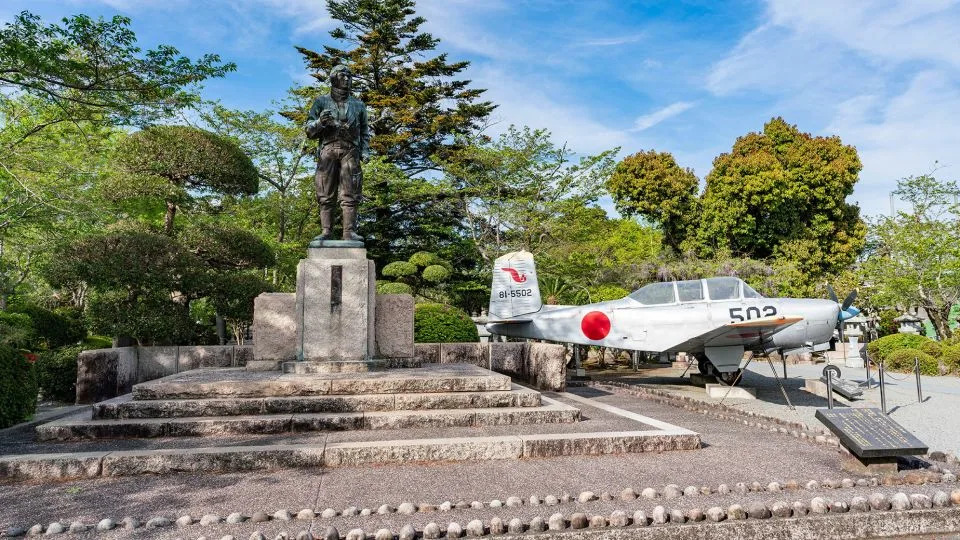
A Japanese military aircraft is seen outside the Chiran Peace Museum in Kagoshima prefecture, Japan. - World Discovery/Alamy Stock Photo
Getting there
The Chiran and Kanoya museums sit on two separate peninsulas on the southern Japanese island of Kyushu. Both are best accessed by car, which can easily be rented in Kagoshima city on the western of the two peninsulas.
Kagoshima has a small commercial airport, but it may be easier to fly into the larger international airport in Fukuoka and take the 90-minute bullet train ride to Kagoshima.



